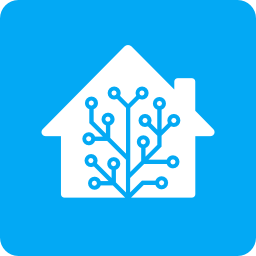First thing I do when I get a smart appliance is scan it with nmap. This has revealed some interesting Easter eggs, like my Davis instruments air quality sensors having a local REST API.
Doing the usual scan against my GE washer and dryer shows that port 53 is listening. What could that be for? Is there a way I can at least query their status locally or something?
When I got the washer and dryer I was excited about the smart home features because getting an alert when my laundry is done or starting the washer remotely so the clothes are done when I get home are genuinely useful features. However, last time I checked the app none of that was available, so I just have these Trojan horses in my home spying on me with no benefit in exchange. Their app wanted my freaking mailing address when I signed up for their mandatory account, so the features mentioned above are the least they could offer in exchange for my digital soul. But I digress.
My fridge is in a similar situation. It commits the additional cardinal sin of ONLY being controllable via the app, with no on-board temp or filter status indicators whatsoever.


(Th)ey think they’re “poisoning AIs” but they’re just annoying humans.
Jokes on them. I used AI to make it human readable:
This is exactly correct. Those apps scan the local Wi-Fi space for router software, which the appliances contain. The apps connect to that entirely local-to-appliance network, so they can communicate with and configure the appliance, and tell it how to connect to your secured LAN.
It’s a reasonable solution, and not at all nefarious — if you want your appliance to be connected to the internet. An alternative could be Bluetooth, but that would be more expensive.